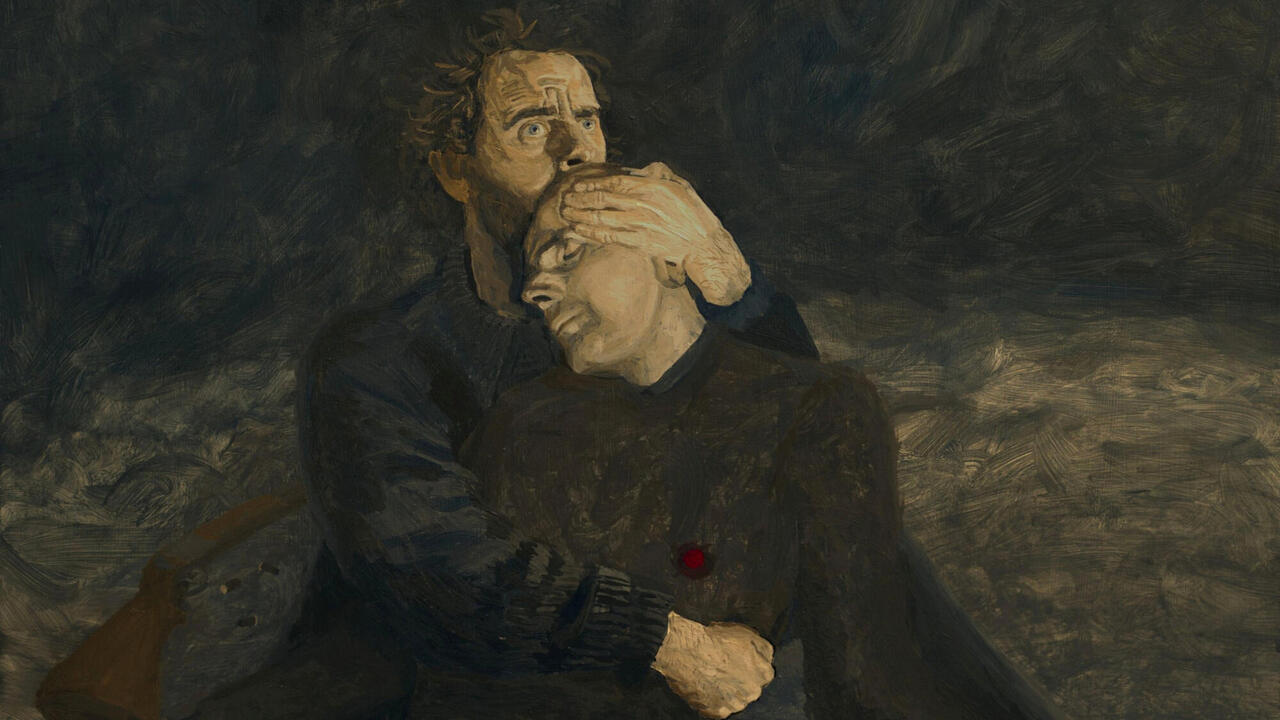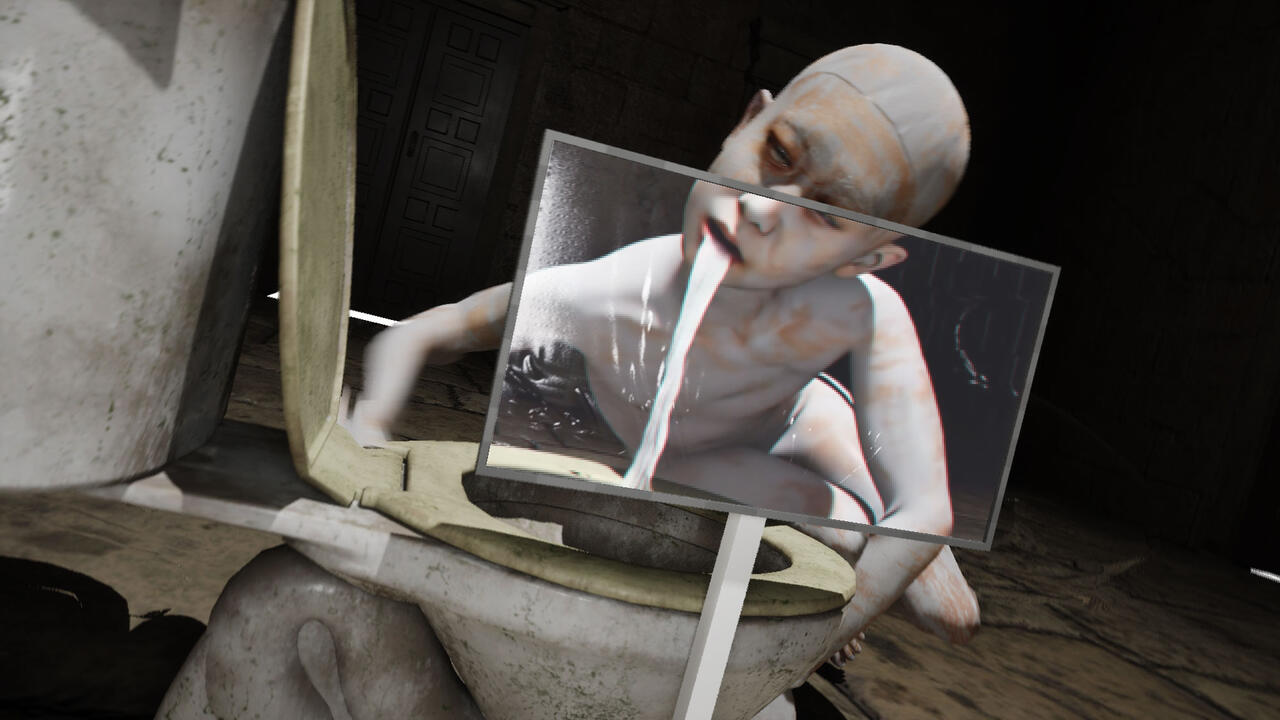What Concerns?
The limits of multidisciplinarity: from Adrian Piper to the 10th Berlin Biennale
The limits of multidisciplinarity: from Adrian Piper to the 10th Berlin Biennale
Who are you and where did you come from? Whether you were once a furniture maker, a doula, a nanophysicist or a painting major, you were probably drawn to art because it allowed you to do things you couldn’t do elsewhere. In January 1973, the artist Adrian Piper described her own awakening after encountering Sol LeWitt’s conceptual art. Piper learned that contemporary art demanded no ‘absolute standards’ other than those she set for herself. She changed course and, around 1967, the figurative painter became a conceptual artist.
In 1970 – in response to the women’s movement, the Vietnam War and the Kent State University massacres – the art world experienced a politicization which, in certain ways, resembles the one we see today: open letters, picketed museums and action meetings in galleries. Piper protested dubious sources of artistic funding, questioned social norms by riding on a bus with a towel stuffed in her mouth and penned unflinching critiques of her critics. She also delved into analytical philosophy, seeking, as she wrote in a 1970 essay, ‘[to] articulate to myself what my aesthetic concerns are’. On her first day of graduate school, the most famous member of Harvard’s philosophy programme told Piper, who is of light complexion though of mixed descent: ‘Miss Piper, you’re about as black as I am.’ She encountered borders. She met academic philosophers who scoffed at conceptual artists’ dilutions of their philosophy. She learned that the art world was not the rest of the world.
Unlike Piper, I never had to hear Rosalind Krauss claim in a 1983 symposium that there were no unrecognized works of quality by African Americans, because if these hadn’t come to her attention ‘they probably don’t exist’. I never had to wrestle with medium specificity like Frank O’Hara did when he quipped: ‘The portrait show seems to have no faces in it at all, just paint.’ Today we don’t have to choose between faces and paint. While specialization exists, we’re accustomed to art and not-art, both/and. As a person of colour, twice an immigrant, I have benefited from the arts’ cosmopolitanism and capaciousness beyond pale abstractions of race, identity and politics. A poet and curator, O’Hara was himself a multidisciplinarian – though the faces he missed in his painting show were certainly white.

I’m not the only one who has been invited to the show. We have photographers who détour fashion photography and art-world poets more epic in their personalities than in their poems. We have the couched reference to Rainer Werner Fassbinder in an artist’s feature film; you’re told it’s not a reference at all but a nod to Fassbinder’s niece-in-law, who is also a chef. You spot a factual error in the art-as-research work, but stand corrected: it’s not an error, because what matters now is the ‘art part’. Whose truth are you claiming, anyway? In the blurb on the artist’s novel you read about ‘blurred boundaries’ and ‘crossing borders’, and you begin to wonder – are certain parameters all that bad?
In a 2015 talk in Lausanne, Piper criticized ‘artistic research’ for lacking standards, while acknowledging that ‘art, above others, has the capacity to absorb the neighbouring fields’. When today’s art world is represented in (non-art) television or novels, it often resembles an unassailable tank: roving the world; annexing disciplines with streams of cash, panels, floodlights and champagne. Like Piper, I’m not arguing for a return to purist models. But, perhaps what is needed now is a degree of modesty in how we define art’s reach and ambitions. The world is not the art world; the world’s much bigger. Specialization can be positive. Craving science? Speak to scientists. Committed to literature? Start a small press. Politics got you down? Start organizing.
Art won’t save us from environmental disaster or economic collapse. Art won’t fix a broken politics or electoral system. Art today needs sensitive and analytical attention to what art can, can’t or shouldn’t do. I was relieved to read the title, ‘We Don’t Need Another Hero’, of this summer’s 10th Berlin Biennale, which forgoes the messianism with something more scaled-back. Manifesta 12’s aims of ‘cross-pollination’ and ‘co-existence’ in Palermo this year remind us: cross-pollination only works when there are distinct fields – differences to be maintained.
The title of Piper’s exhibition opening this month at New York’s Museum of Modern Art, ‘A Synthesis of Intuitions’, alludes to Immanuel Kant’s Critique of Pure Reason (1781) – a work of intense scholarly and artistic devotion for the artist. It also sums up Piper’s own conceptual art, which doesn’t hedge but commits. There’s a crucial difference. For the arts to remain a diverse field of activity, what’s needed is not muddled multidisciplinarity but respect for art’s limits. Respect: a word central to Kant’s analytic of the sublime, as well as his moral law. Respect: a word that Piper re-activated in a 1972 performance, in which she danced silently to Aretha Franklin’s 1967 hit ‘at the bank, at a bus stop and in the Public Library’. As Piper knows, to synthesize means to love something in order to take it apart again. And that’s the meaning of true r-e-s-p-e-c-t.





















